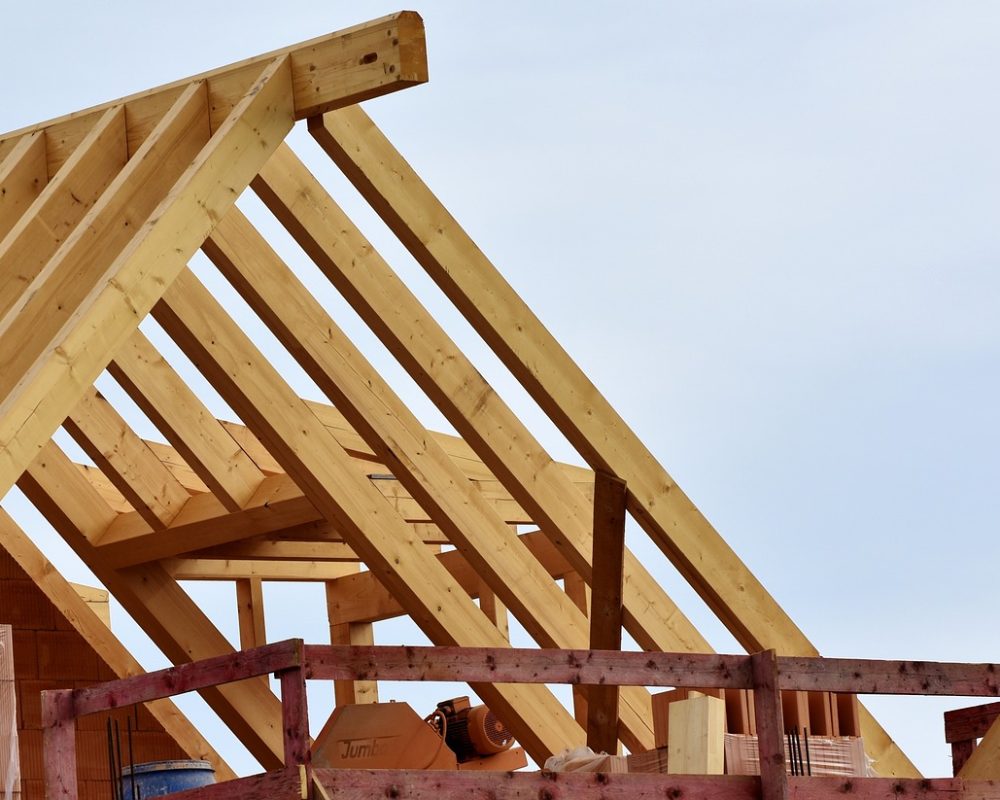Roofing is a vital part of home construction, providing shelter, insulation, and aesthetic value to a property.
Roofing is the primary defense against weather conditions, including rain, snow, wind, and sun. A high-quality roof protects a home from moisture, reduces heat loss in winter, and minimizes heat gain in summer.

These are the most popular roofing materials due to their affordability, easy installation, and availability. Asphalt shingles come in a variety of colors and styles, offering versatility. They have a lifespan of around 15-30 years depending on quality.
Metal roofs, including steel, aluminum, copper, and zinc, are known for their durability and longevity, often lasting 40-70 years. They are also energy-efficient, as metal reflects solar heat, reducing cooling costs. However, metal roofs are more expensive and can be noisy during rain or hail unless soundproofing measures are taken.

Roofing style impacts not only the appearance of a house but also its functionality and performance. Here are a few popular roofing styles in home construction:
Gable Roof: The gable roof is one of the most common styles, featuring two sloping sides that form a triangle. This design is efficient for shedding water and snow and allows for ample attic space. It’s popular due to its simple design and cost-effectiveness.
Hip Roof: Hip roofs have slopes on all four sides, which converge at the top to form a ridge. They are more stable than gable roofs and are ideal for areas with strong winds and heavy snow. However, hip roofs are more complex and generally more expensive to build.
This is the visible layer of the roof and comes in various materials such as shingles, tiles, or metal panels. This layer provides the primary protection against the elements.
The drip edge is a strip of metal installed along the edges of the roof to direct water away from the fascia and into the gutter system.
Proper ventilation prevents moisture buildup in the attic, which can lead to mold, mildew, and wood rot. Vents are typically installed along the ridge or soffit of the roof.
Roofing is a critical component in home construction, providing protection, structural support, and aesthetic appeal. Choosing the right materials, understanding different roofing styles, and ensuring proper installation and maintenance can maximize your roof’s lifespan and efficiency. Homeowners should take time to research and consult with professionals to make the best roofing decisions tailored to their specific needs, climate, and budget.
Whether it’s for a new home or a roof replacement, investing in quality roofing is essential for long-term safety, comfort, and home value.
